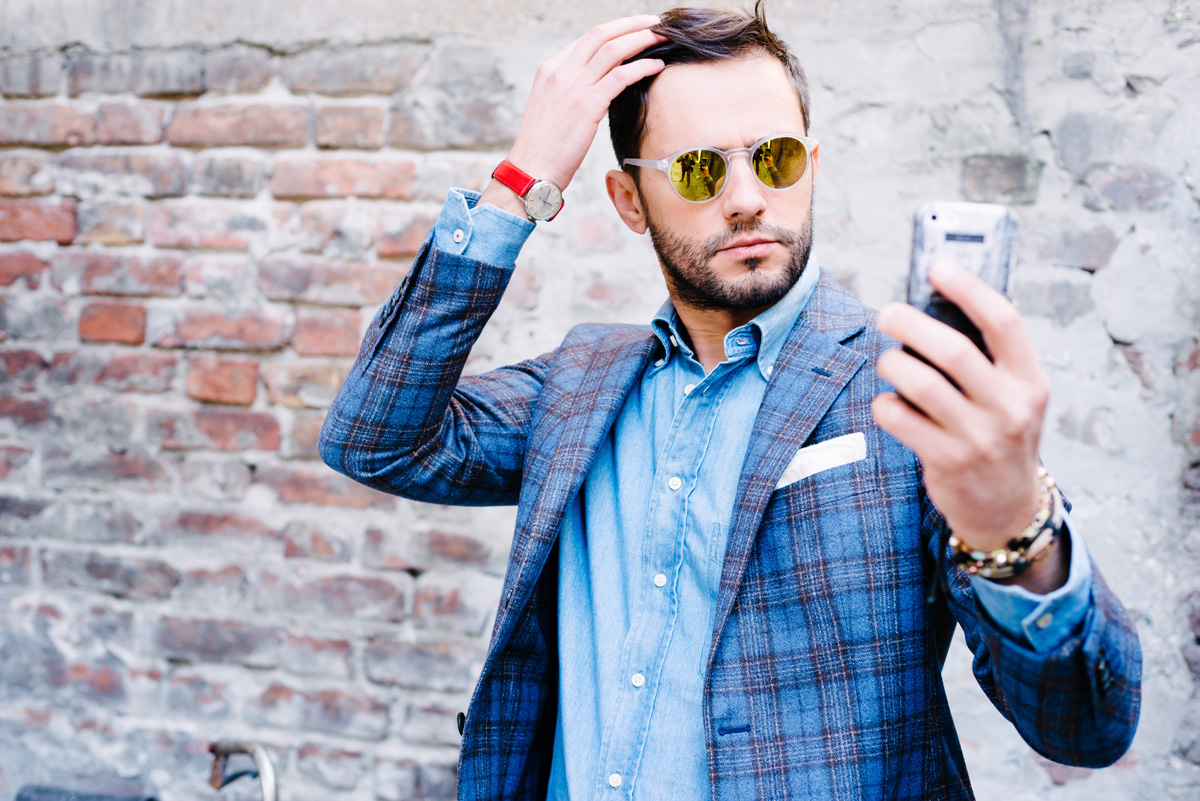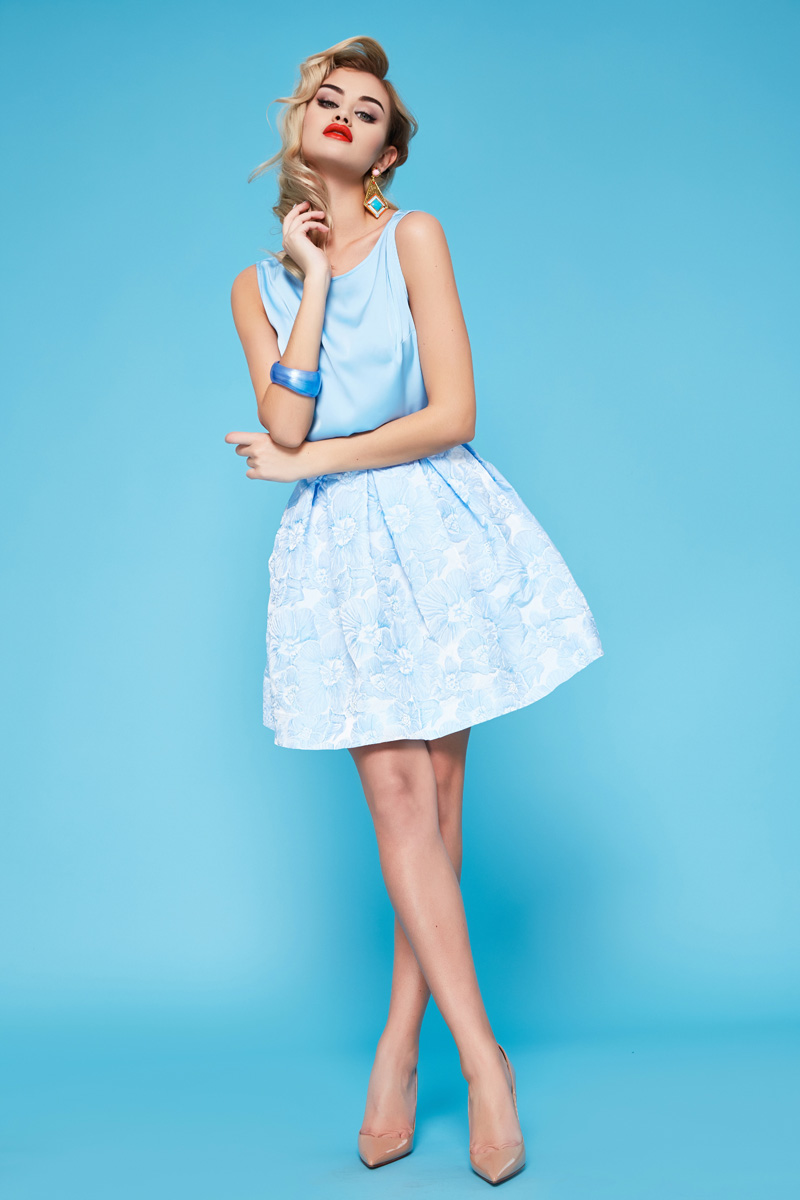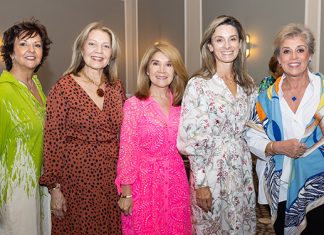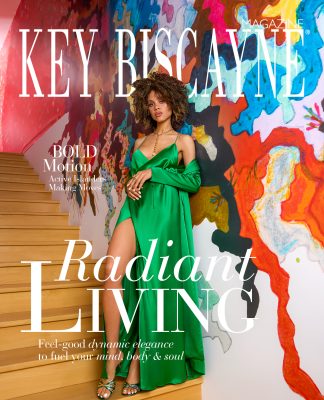
Whisked away to my local art museum for a field trip or other educational opportunity, my pre-adolescent mind was often bursting with quandaries. And, while I wish I could tell you that the pre-eminent questions were related to the impact of prehistoric ceramics on Picasso’s artistic output or the thematic relevance of bowler hats in the surrealist landscapes of Magritte, I would, as I loath to do to you, dear readers, be lying.
In truth, as I walked wonderingly past preserved Grecian urns and depictions of saints in ecstasy and agony both, one overarching query remained: Why did the ladies in the Renaissance paintings look like that? So bold, so flowing, so, if I may be frank, big, round and Rubenesque (a term that, much to my chagrin, I only recently realized was attributed to the typically depicted shape of women in the works of Flemish painter Peter Paul Ruben, and not to American Idol finalist and cast member of 2004’s live-action Scooby Doo 2: Monster’s Unleashed Ruben Studdard. Excuse my nubile insensitivity, readers, please, but you must remember, this was the 1990’s, an era in which Kate Moss, Calvin Klein and all the advertising that followed had declared in no uncertain terms that thin was beautiful.
To see another standard of feminine beauty laid in such worshipful terms was confusing, yes, but also exhilarating. Why have we held such different standards of ideal body shape over time? And what’s the ideal shape in this, our most postmodern of presents? It should be no surprise to anyone that, from the earliest times imaginable, humans have been enshrining in their creative output their archetypal body images. In an era where everything, absolutely everything, was vulnerable to destruction from outside influences beyond control, the body was perhaps the only thing our ancestors could consider distinctly theirs.

Uncovered in 1908 in Willendorf, Austria, the Venus of Willendorf depicts not only what was most probably a 29,000-year-old fertility goddess, but the idealized female image of the time. Positively bursting with virility in a shape very Rubenesque indeed, I believe few today would consider the Venus’ bodacious figure as ideal. But in an age were the fate, not just of one’s tribe or family group, but our species as a whole relied on a healthy birth rate, one could see how the Venus’ figure could be quite enchanting indeed. Signaling a cultural shift from the lean hunter-gathering lifestyles to one more agriculturally centered, men’s body types as depicted in Neolithic cave paintings were similarly putting on weight, a sign that security, and therefore health, depended more on a passive producer than the exertions of a lean and toned hunter.
Constantly permuting, although often in minor ways, through the centuries, the range of aesthetically excellent human bodies seem to have passed between these two major poles of heavier and thinner. For men, the idealized Grecian body type would frankly look fine walking out of their elegant statuary and into a feature role in a major motion picture, while the foppishness of 17th century Europe declared that the (then) modern male should be lithe as an adolescent. Similarly, the flapper culture of the Roaring ‘20s helped define a womanhood visually distinct from the fecund goddesses of yore with a thinness not dissimilar to the 1990’s standard. Through it all, one overarching theme is clearly defined: It’s not enough to simply “be” in one’s body; the idealized type is something that, either through exercise, dieting or prosperity, must be obtained, wrestled away from the world.
A simple idea, yes, but one with large consequences. A recent Chapman University study of 12,000 American adults determined that body image was the third most important overall indicator of life satisfaction for women and second most important indicator for men, located directly behind finances. Even more troubling, the same study reported that only 24% of men and 20% of women felt very or extremely satisfied with their weight, a factor that broadly affected the wider emotional lives of the participant’s anxiety levels, sex lives and even comfort with family. The most telling part of this study, however, was the actual Body Mass Index, weight and presence of muscle tone of the participants was never taken into account. The only factor taken into consideration was the subject’s subjective satisfaction, the way they perceived their own bodies, especially as it related to wider cultural standards as evidenced in television and other media. Perhaps most alarming of all? The rate of deaths associated with body image perception. According to a study in the journal Current Psychiatry Reports, anorexia was associated with the highest rate of mortality among all mental disorders through the 1990’s.

It would perhaps help our readership to know that I especially am no stranger to the issues of negative body image. Consumed with a compulsive eating habit, I can only classify as an addiction no less destructive than any other, at one point in my life I weighed a staggering 426 pounds. The answer to my truly fatal crisis, I found, came in the most unlikely of places. Starvation or specialized diets, ambitious exercise plans, stalwart promises to myself, my family and my friends, even intense loathing of even a glance of myself in the mirror helped not at all. Eventually, faced with what seemed an impossible task and convinced I was weak-willed and useless, I would inevitably fall into my same old patterns.
It was only when I surrendered, when I accepted, when I (dare I say it) began to love my morbidly obese body that I was able to make effective and long-lasting change to my situation. Now at perhaps my thinnest in decades, and feeling fantastic as a result, I will be the first to tell you that if you’re dealing with a negative body image, acceptance and appreciation may be the only way out.
In the end, instinctively, we hurt those things we hate, we loathe them, we wish to punish them for their noxious presence. We would do anything to rid ourselves. But those things we love? Those are the things we must nurture and, ultimately, heal.











